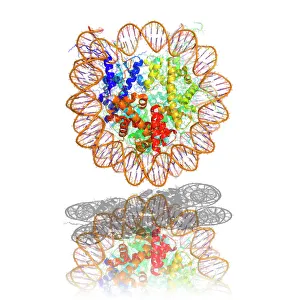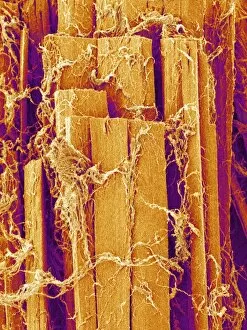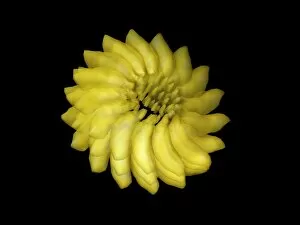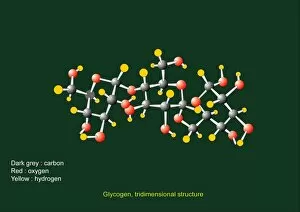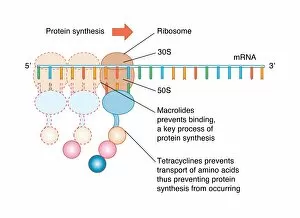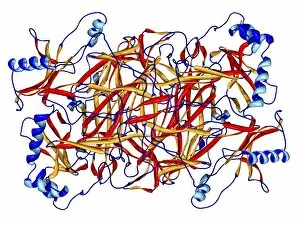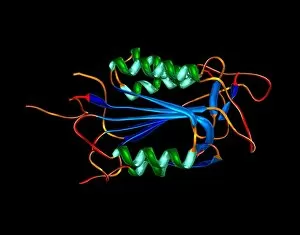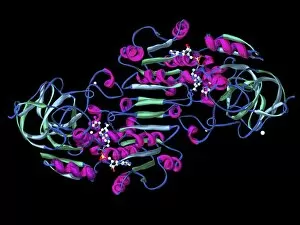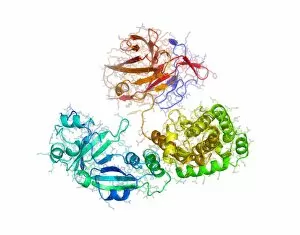Sub Unit Collection
A subunit is a fundamental building block in various biological systems, playing crucial roles in the intricate machinery of life
All Professionally Made to Order for Quick Shipping
A subunit is a fundamental building block in various biological systems, playing crucial roles in the intricate machinery of life. One such example is the nucleosome molecule, which acts as a structural unit for DNA packaging within our cells. It consists of DNA wrapped around histone proteins, forming a compact and organized structure. Another important subunit is the transcription factor, working hand-in-hand with ribosomal RNA to regulate gene expression. These dynamic duos ensure that genes are transcribed into functional RNAs, allowing cells to carry out their specific functions effectively. In skeletal muscle fibers, subunits play a pivotal role in muscle contraction and movement. The coordinated action of multiple subunits enables muscles to contract and relax efficiently, facilitating our ability to perform physical activities. Even viruses have their own subunits. Take the Ribgrass mosaic virus for instance - its computer model reveals distinct components that work together harmoniously to infect host plants and replicate its genetic material. Furthermore, RNA polymerase alpha subunit serves as an essential component in initiating transcription by recognizing specific DNA sequences and catalyzing RNA synthesis. This molecular powerhouse ensures accurate transfer of genetic information from DNA to RNA molecules. Lastly, we have ribosomal subunits - molecular models showcasing the intricate architecture responsible for protein synthesis within cells. These tiny but mighty structures assemble amino acids into polypeptide chains based on instructions encoded in messenger RNA (mRNA). From DNA packaging to gene regulation and viral replication; from muscle contraction to protein synthesis – these diverse examples highlight how different organisms utilize various types of subunits at microscopic levels for macroscopic outcomes. Subunits truly exemplify nature's ingenious design where small entities come together synergistically for life's grand symphony.

